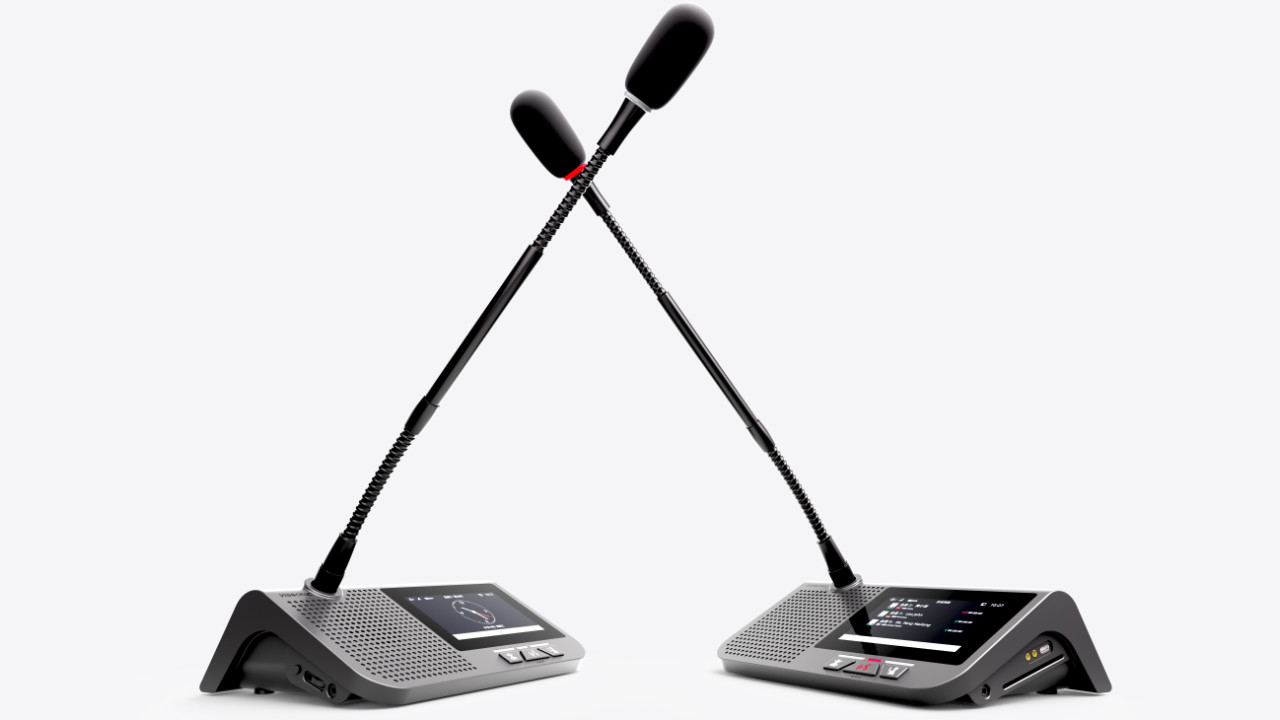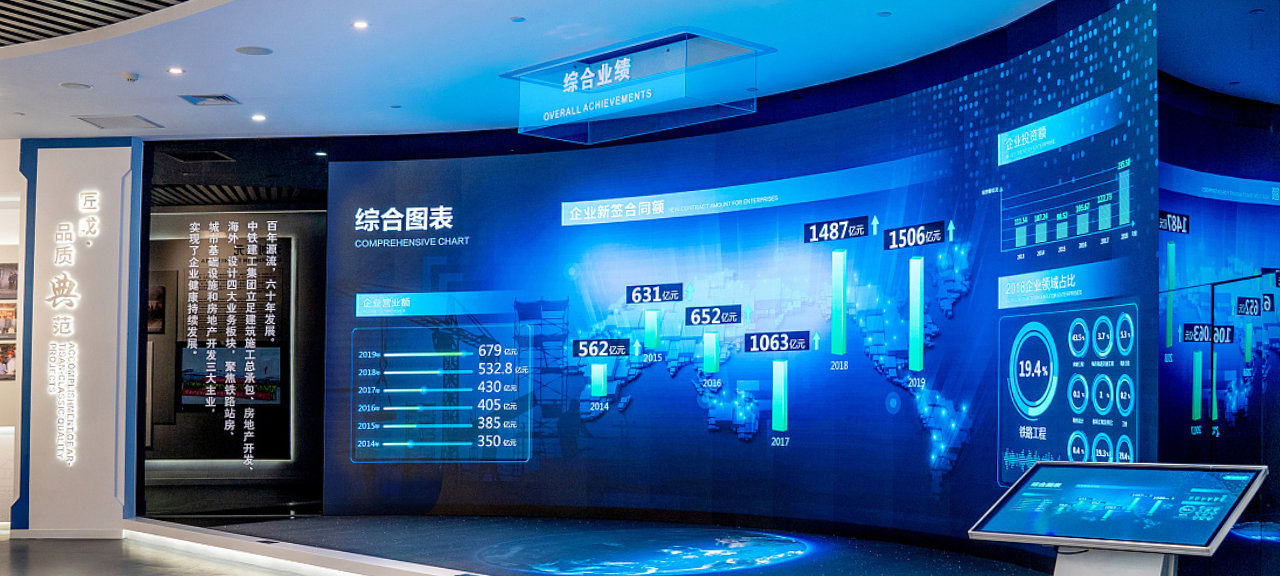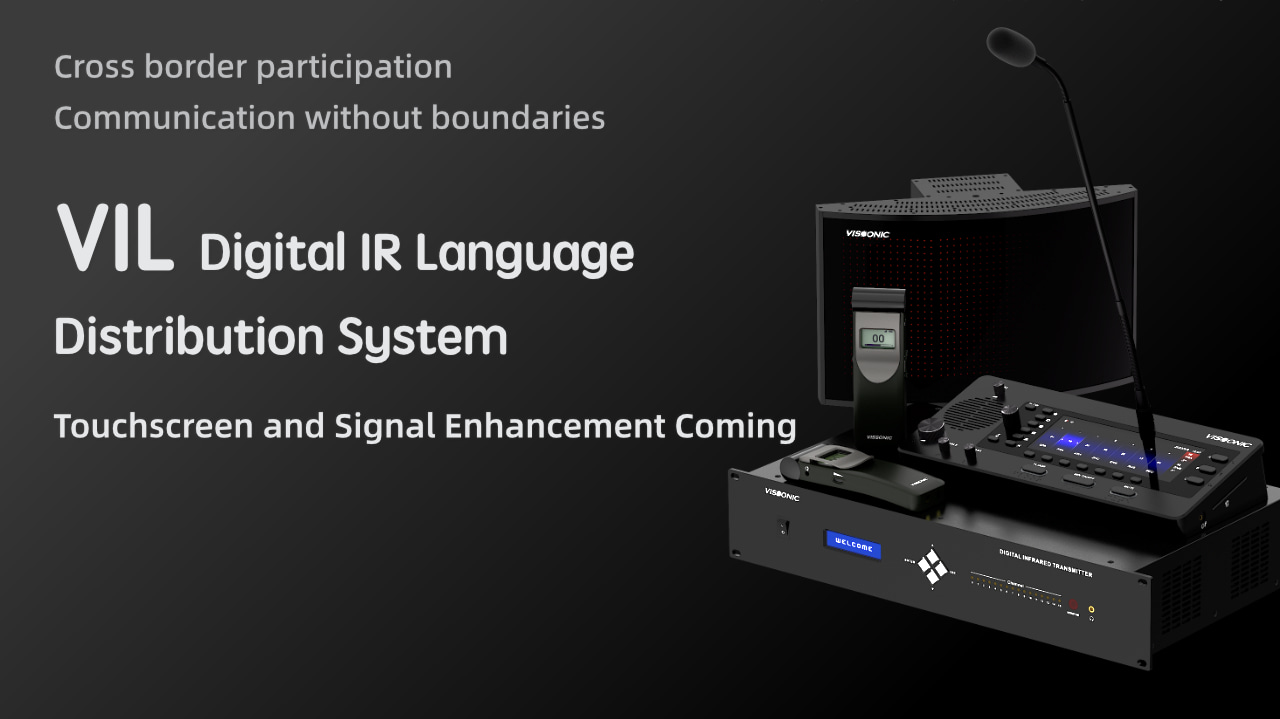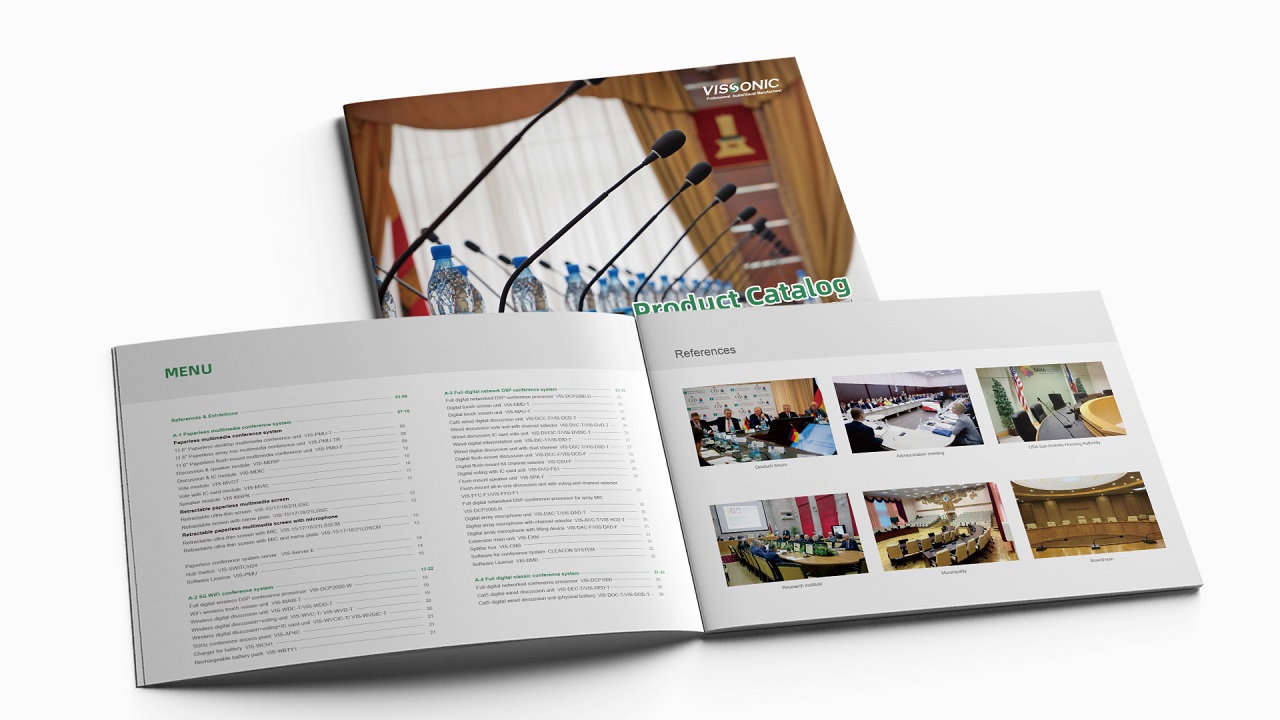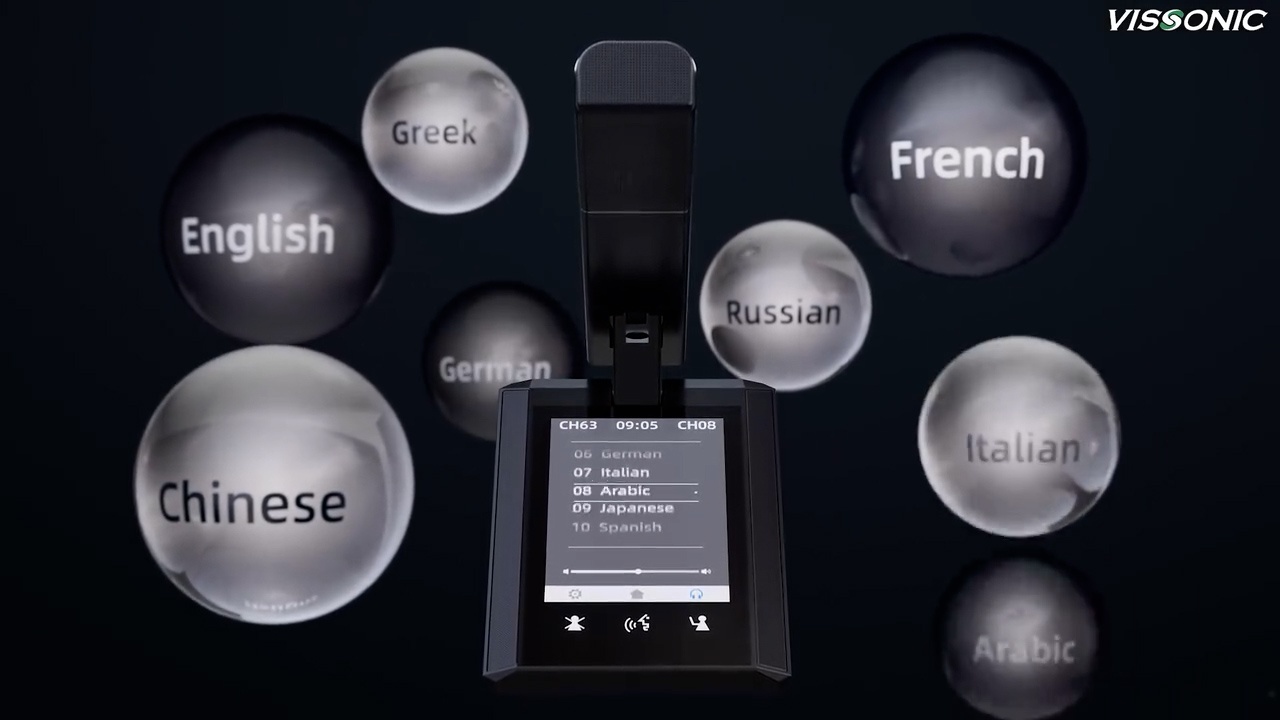Guide to Choosing a Wireless Conferencing System
Wireless conferencing systems have revolutionized the way we communicate and collaborate in professional settings. Whether you're conducting virtual meetings, webinars, or remote presentations, selecting the right wireless conferencing system is crucial for seamless and efficient communication. With numerous options available in the market, it's essential to consider several factors before making a purchase. In this guide, we will provide you with a comprehensive overview of the key aspects to consider when choosing a wireless conferencing system, helping you make an informed decision that aligns with your specific requirements.
I. Audio Quality and Performance:
Microphone Technology: Look for a wireless conferencing system with advanced microphone technology, such as noise cancellation and echo suppression. These features ensure crystal-clear audio quality and minimize background noise, enhancing the overall communication experience.
Speaker Quality: Evaluate the speaker quality of the system to ensure that all participants can hear and understand the conversation clearly. Look for systems that offer high-fidelity audio and powerful, balanced speakers.
Range and Coverage: Consider the range and coverage capabilities of the wireless conferencing system. It should provide reliable connectivity and seamless audio performance within the intended space, whether it's a small meeting room or a large conference hall.
VISSONIC Wireless Conference System of the MIPT Conference Hall in Moscow
II. Connectivity and Compatibility:
Wireless Connectivity Options: Determine the wireless connectivity options that the system supports, such as Bluetooth, Wi-Fi, or proprietary wireless protocols. Ensure that the system is compatible with your existing devices and infrastructure to avoid any connectivity issues.
Multi-Device Compatibility: If you anticipate the need to connect multiple devices simultaneously, choose a wireless conferencing system that can handle multiple connections. This allows for efficient collaboration and seamless transitions between presenters or participants.
III. Ease of Use and Setup:
User-Friendly Interface: Look for a wireless conferencing system with an intuitive and user-friendly interface. It should be easy to navigate and control, allowing participants to focus on the meeting rather than grappling with complex settings.
Quick and Hassle-Free Setup: Consider systems that offer easy setup processes, minimizing the time and effort required to get the conference system up and running. Wireless systems that require minimal cables and provide plug-and-play functionality are preferable.
Wi-Fi Wireless Microphone Installed in MIPT Conference Hall
IV. Security and Privacy Features:
Encryption and Authentication: Ensure that the wireless conferencing system offers robust security features, including encryption and authentication protocols. This protects sensitive information discussed during conferences and prevents unauthorized access.
Privacy Controls: Look for systems that provide privacy controls, such as mute options or privacy buttons, to maintain confidentiality during discussions. These features allow participants to control their audio and video output as needed.
V. Scalability and Expandability:
Scalability: Consider your organization's future needs and growth potential. Choose a wireless conferencing system that allows for scalability, enabling you to expand the system as your requirements evolve.
Integration with Other Tools: Assess the compatibility and integration capabilities of the wireless conferencing system with other collaboration tools, such as video conferencing platforms, content sharing software, or room control systems. This ensures a seamless and efficient workflow during meetings.
Conclusion:
Selecting the right wireless conferencing system is essential for successful and productive remote communication. By considering factors such as audio quality, connectivity, ease of use, security, and scalability, you can make an informed decision that aligns with your organization's specific needs. Remember to evaluate different options, read customer reviews, and consider seeking demonstrations or trials to assess the performance and compatibility of the system. A well-chosen wireless conferencing system will enhance your virtual meetings, webinars, and collaborative sessions, facilitating effective communication and collaboration among participants regardless of their physical location.
For more information, please contact us. We will provide professional answers.

